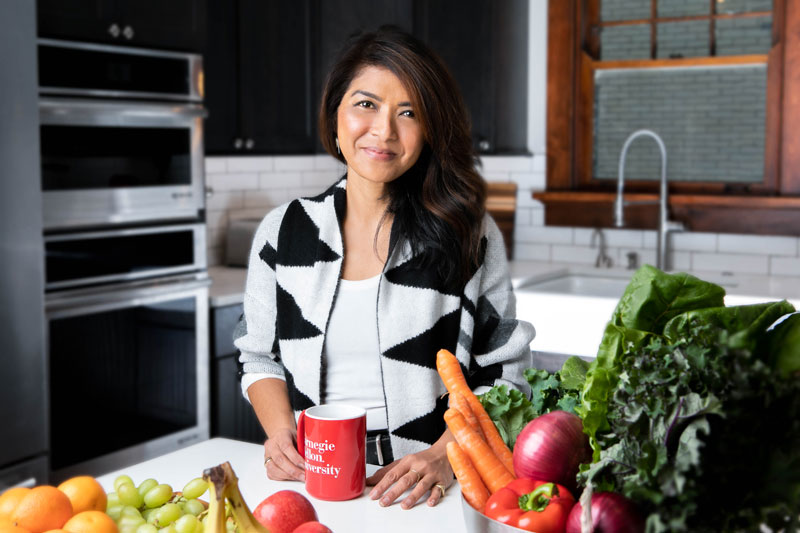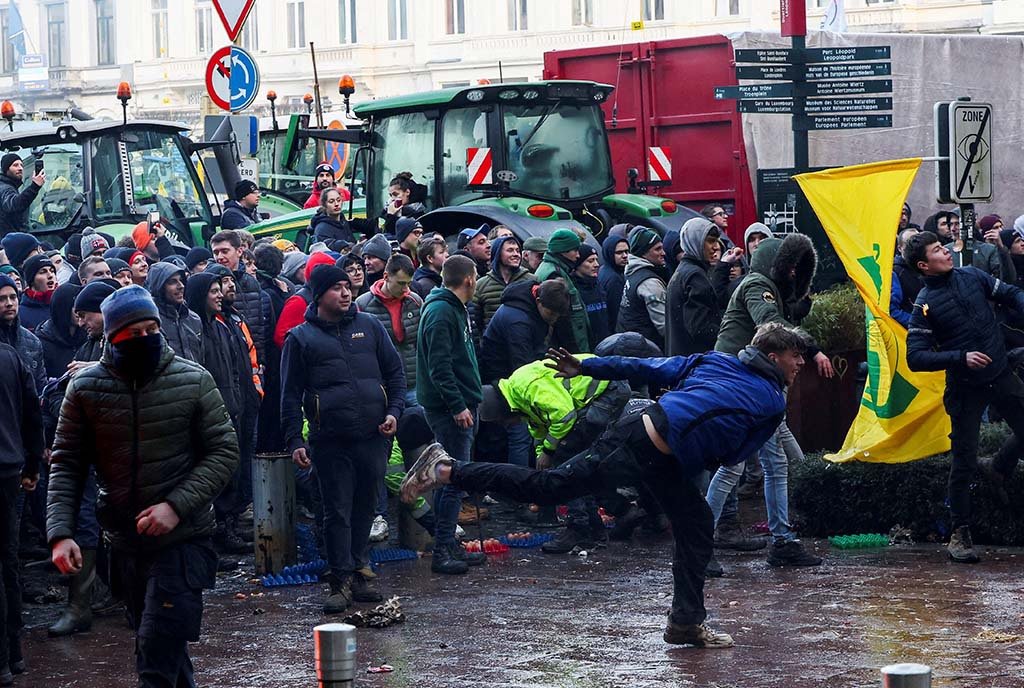
When Leah Lizarondo was a food writer in Pennsylvania around a decade ago, nose-to-tail eating was really popular. “It was all the rage to serve all the parts of the animal and waste none of it,” she remembers. In fact, the food craze reminded Lizarondo of her childhood in the Philippines.
“Every part of the animal” was eaten, she explains, “down to the bones.”
After moving to the US in her twenties, Lizarondo struggled with the sheer amount of food she saw going to waste, even before it hit the shelves. “The way fish is sold here mostly is fillets,” she says. “What happens to the rest of that fish?”
Concerned by the amount of food waste that grocery stores and restaurants were discarding every day in the US, Lizarondo decided to launch Food Rescue Hero, a food recovery platform that redirects excess food by getting volunteers to use an app to collect it; they then deliver the food to organizations and individuals who are experiencing food insecurity.
Sign up for our free newsletters
Subscribe to NPQ's newsletters to have our top stories delivered directly to your inbox.
By signing up, you agree to our privacy policy and terms of use, and to receive messages from NPQ and our partners.
In our latest Tiny Spark podcast, Lizarondo explains that at its core, the technology behind the platform is not innovative; she compares it to the tech behind delivery services like Uber Eats and DoorDash. However, Lizarondo says getting people to give up their time to make deliveries is where they differ. While Lizarondo says an Uber driver might wrestle with whether their earnings on a delivery may be worth their time, Food Rescue Hero drivers almost always show up to deliver. In fact, Lizarondo says her volunteers have an average 99 percent service level across all the cities where they work. The reason is simple: “If I am picking up food and I know that someone specifically is relying on this today, that becomes a harder decision to say no to,” she explains.
The intrinsic motivation among her volunteers has enabled her organization to scale up to thousands of drivers. Lizarondo says 100,000 deliveries have now been completed in Pittsburgh, where Food Rescue Hero was started. Across all the cities where they operate, she says they have rescued nearly 50 million pounds of food that would have otherwise gone to waste. And food waste is one of the biggest contributors to global heating. In fact, the UN’s Food and Agriculture Organization once estimated that if food waste were a country, it would be the third-highest emitter of greenhouse gases.
Lizarondo’s network has now grown to twelve cities, and she has dreams of expanding further. However, as she explains in the podcast, it’s not easy getting funding. “I think about what we do and how we’ve bootstrapped trying to convince philanthropy that this model is the model that will give that groundbreaking innovation that everyone’s looking for,” she says. “Philanthropy has to catch up with us.”
Image Credit: Laura Petrilla.
ADDITIONAL RESOURCES:
- Cathy Free, “Restaurants throw away a lot of food. These volunteers pick it up first and take it to people who are hungry,” Washington Post, February 12, 2021.
- Leah Lizarondo, “Food recovery platform adapts to meet quarantine needs,” New Food Magazine, May 4, 2020.
- Craig Gundersen, “The pandemic recession has pushed a further 9.8 million Americans into food insecurity,” The Conversation, March 19, 2021.
- Sharon Cohen, “Millions of hungry Americans turn to food banks for 1st time,” Associated Press, December 7, 2020.
- Grace Dickinson, “Got a smartphone, a car, a big heart and one hour to spare? You can be a hunger hero,” Philadelphia Inquirer, August 15, 2019.
- On Twitter: Leah Lizarondo













